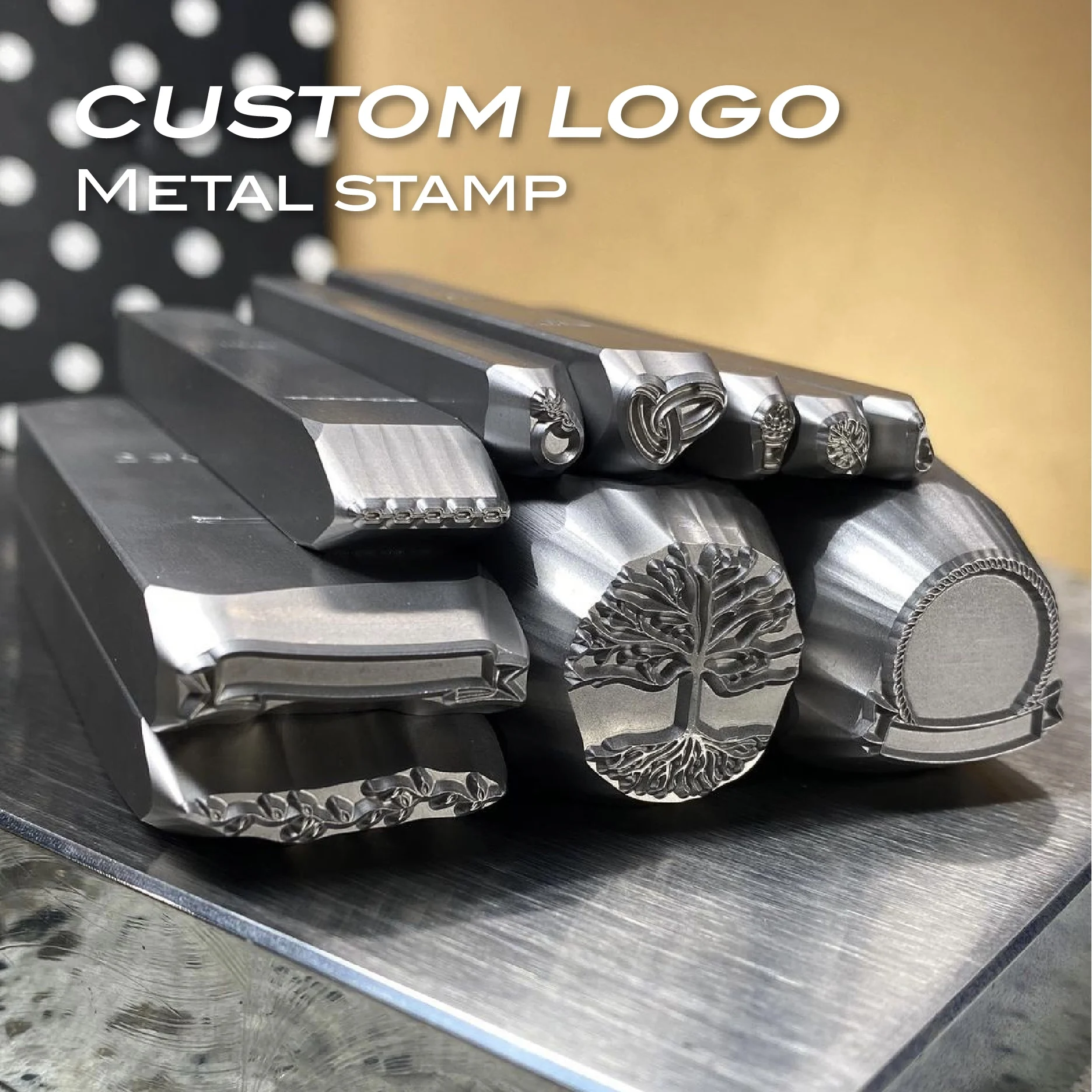The Evolution of Steel Stamping Procedures: Technologies and Applications
The realm of metal stamping processes has actually seen a transformative trip noted by consistent advancement and adaptation to fulfill the demands of contemporary industrial techniques. From the traditional approaches deeply rooted in history to the sophisticated innovations driving high-speed accuracy, the development of metal marking has been absolutely nothing except impressive. As new tooling strategies and automation discover their way into this field, the ramifications for performance and quality are extensive. The applications extend across a range of industries, each benefiting distinctly from the advancements in metal marking processes.
Standard Steel Stamping Methods
Standard steel marking strategies have long been the foundation of manufacturing processes in different sectors as a result of their performance and precision. The process involves developing a metal sheet or coil right into a wanted form by pushing it in between a die and a strike. This approach is widely made use of for generating large quantities of components with high accuracy at a quick speed.
Among the vital benefits of traditional steel marking strategies is the capacity to keep limited resistances, making sure that each component meets the required specifications consistently. This degree of precision is important in markets such as auto, aerospace, and electronic devices, where also minor variances can result in considerable issues.
Furthermore, traditional metal marking methods provide affordable solutions for automation contrasted to other manufacturing approaches. The capability to stamp parts in fast succession reduces manufacturing time and minimizes labor expenses, making it an attractive alternative for organizations seeking to enhance their manufacturing procedures.
Introduction of High-Speed Stamping

Among the essential benefits of high-speed stamping is its capability to maintain precision and uniformity even at accelerated processing rates. This precision is critical in industries where limited resistances and complex designs are needed. In addition, high-speed stamping permits the processing of a wide variety of materials, consisting of aluminum, stainless steel, and copper, more expanding its applicability across different sectors.
Additionally, the appearance of high-speed stamping has actually enabled makers to fulfill the growing demand for complicated parts in markets such as automotive, aerospace, and electronics (Metal Stamping). By leveraging the speed and precision of high-speed marking modern technology, companies can improve their competitiveness in a swiftly developing market landscape
Improvements in Tooling Modern Technology
With the evolution of high-speed stamping allowing improved precision and effectiveness in metal forming processes, the field of metal marking has actually seen substantial innovations in tooling modern technology. Tooling modern technology plays a vital role in metal stamping operations, influencing elements such as product quality, production speed, and overall cost-effectiveness. One essential innovation in tooling modern technology is the growth of smart tooling systems that include sensing units and checking tools to supply real-time data on the stamping process. These systems can identify concerns such as device wear or misalignment, permitting immediate changes to keep optimum performance.
Additionally, advancements in products science have actually brought about the production of tooling materials with boosted toughness, use resistance, and thermal conductivity. By utilizing these innovative materials, tooling manufacturers can generate dies and mold and mildews that endure the high stress and temperatures entailed in metal marking processes, resulting in longer device life and improved production performance. Furthermore, technologies in tool layout, such as using simulation software program and additive manufacturing click here to find out more techniques, have actually enabled the production of complex tooling geometries that were formerly testing to generate. Generally, these innovations in tooling modern technology have changed the metal stamping market, permitting producers to attain greater levels of precision, performance, and cost financial savings.
Assimilation of Automation in Marking
As automation remains to reshape the landscape of metal stamping processes, the integration of automated systems has become increasingly common in contemporary manufacturing facilities. Automated systems provide various benefits in metal stamping, consisting of increased efficiency, improved precision, and boosted safety and security. By integrating automation into stamping visit site processes, suppliers can minimize cycle times, minimize material waste, and enhance production throughput.
One of the crucial components of automation in stamping is the usage of robotic arms for tasks such as material handling, part adjustment, and high quality inspection (Metal Stamping). These robot systems can execute repeated and labor-intensive tasks with rate and precision, releasing up human operators to concentrate on more intricate procedures. Additionally, automation permits for real-time tracking and adjustment of marking procedures, causing higher general process control and quality control
In addition, the combination of automation in marking enables suppliers to achieve regular part top quality, meet tight resistances, and enhance total productivity. As innovation remains to advancement, the duty of automation in metal marking procedures is expected to broaden better, driving development and effectiveness in the manufacturing sector.
Applications Across Diverse Industries
Integrating steel marking processes across varied sectors showcases the flexibility and versatility of this production technique. From automotive to aerospace, electronics to medical gadgets, steel marking plays a vital duty in the production of a broad variety of parts. In the automotive industry, metal marking is made use of to create elaborate parts such as body panels, chassis elements, and engine components with high accuracy and performance. The aerospace market relies on metal stamping for making lightweight yet durable components for aircraft and spacecraft. In the electronics sector, metal stamping is vital for creating ports, get in touches with, and various other little get rid of limited tolerances. Medical device producers utilize metal stamping for creating precise components like surgical instruments and implants. Additionally, the device sector gain from steel stamping processes to manufacture components for refrigerators, cleaning address equipments, and various other family devices. The versatility of metal stamping procedures makes it a useful production method across different sectors, showing its value in contemporary production processes.
Verdict
